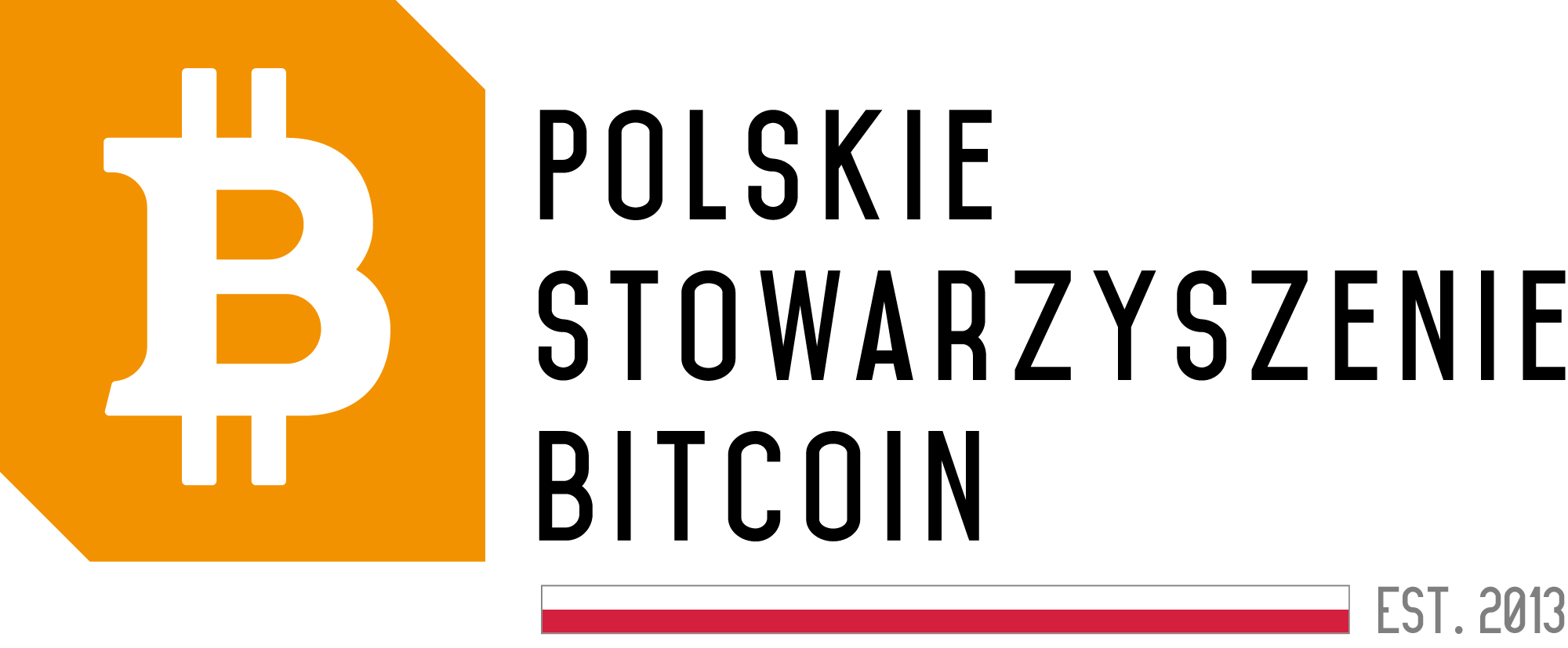hashgraph consensus mechanism
The Hashgraph consensus mechanism is an innovative technology developed to address issues in decentralized systems, such as blockchain. It is a method that enables reaching agreement in a computer network without the need to trust a central authority. By using Hashgraph, it is possible to achieve high performance, low latency, and scalability in transaction processing.
How does the Hashgraph consensus mechanism work?
Hashgraph is based on two main concepts: a hash graph and the Byzantine Fault Tolerant (BFT) consensus algorithm. The hash graph is a data structure that represents the communication history in the network, containing information about all messages exchanged and timestamps. This allows every network participant to have full visibility into the transaction history and verify their correctness.
The BFT algorithm ensures the reliability of the consensus mechanism by eliminating the risk of errors in the system. This makes Hashgraph resistant to external attacks and internal system flaws, making it more secure and reliable than traditional blockchains.
Advantages of the Hashgraph consensus mechanism
One of the main advantages of Hashgraph is its efficiency. By utilizing Direct Acyclic Graph (DAG) technology, Hashgraph can process thousands of transactions per second, making it one of the fastest consensus mechanisms available in the crypto asset market. Additionally, Hashgraph is more energy-efficient than traditional blockchains, resulting in lower operational costs for users.
Another significant advantage of Hashgraph is its scalability. With the consensus algorithm in place, the Hashgraph network can easily grow as new participants join, making it an ideal solution for large distributed systems.
Summary
The Hashgraph consensus mechanism is an innovative technology with the potential to transform the way the crypto asset market operates. With its performance, reliability, and scalability, Hashgraph could become a key player in the field of distributed technologies. It is worth following the development of this solution and its potential applications in the future.






